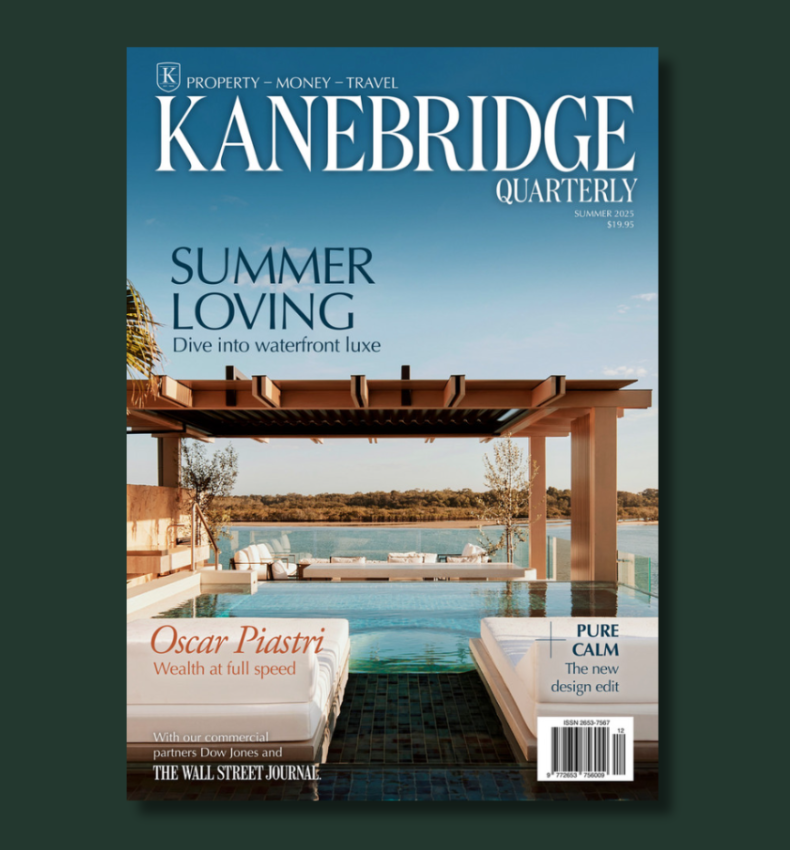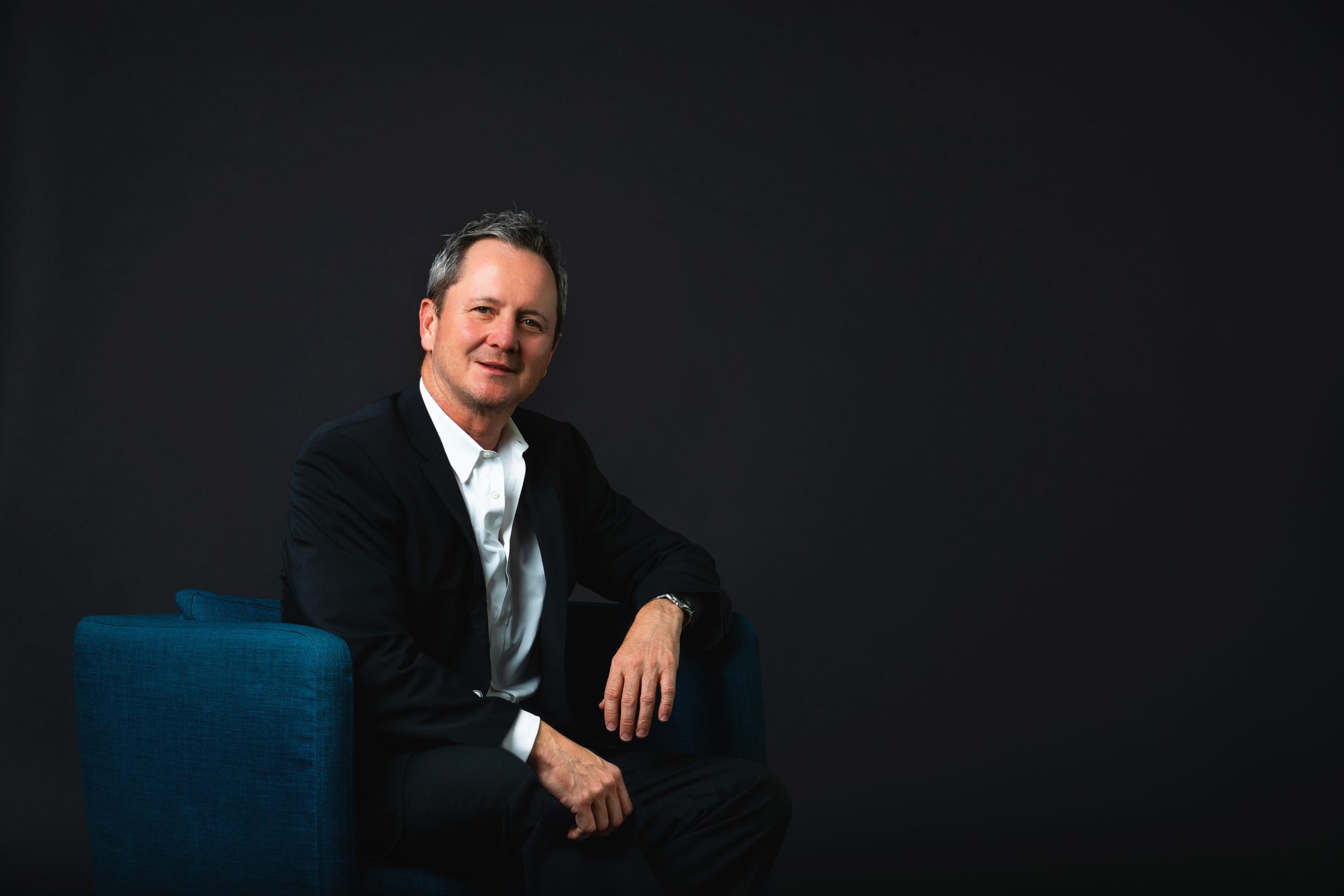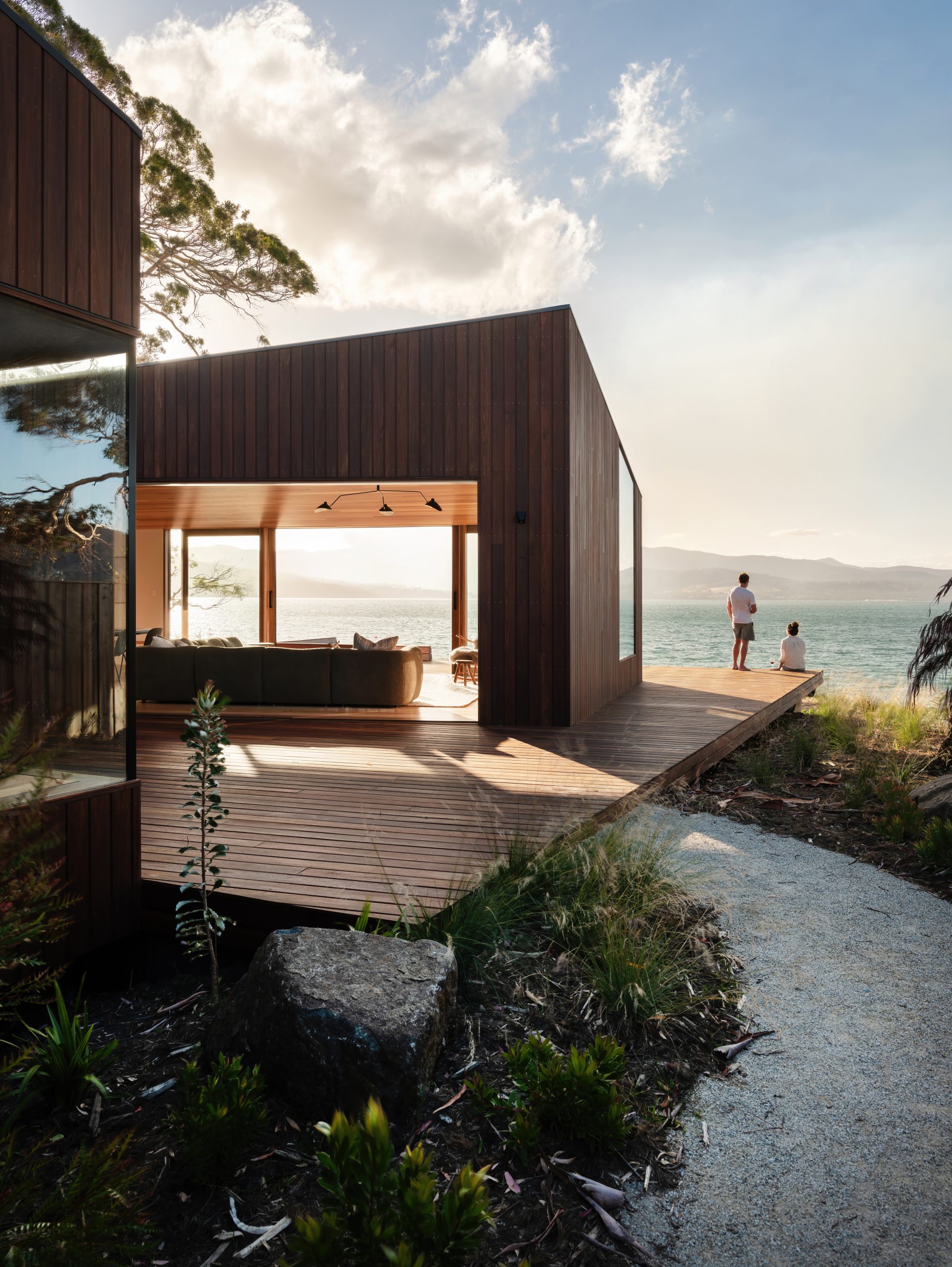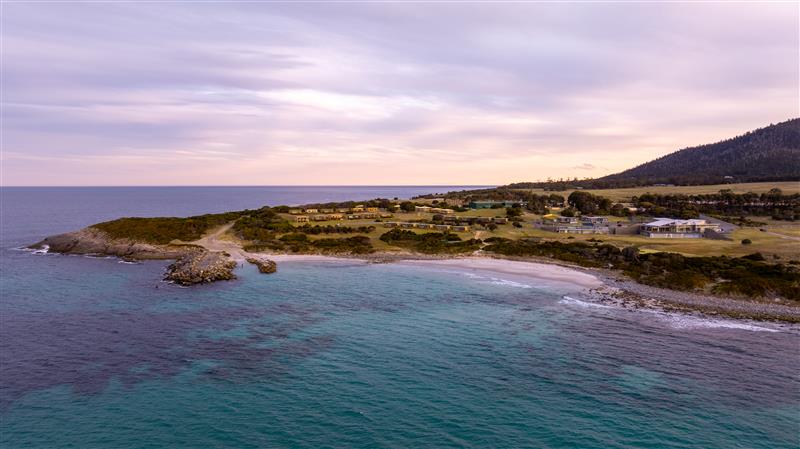Shaping Australia’s Next Generation of Luxury Developments
Abadeen Executive Chairman & Founder Justin Brown shares his insights on the resilience of Sydney’s ultra-luxury property market and the future of premium living.
Sydney’s ultra-luxury property market continues to move to its own rhythm.
Scarcity, lifestyle appeal and a new generation of high-net-worth buyers are reshaping how prestige projects are designed, marketed and sold.
We asked Abadeen’s Executive Chairman and Founder Justin Brown to unpack what’s driving demand, where he sees opportunity and how the definition of luxury living is changing.
Q: Sydney’s ultra-luxury property market has remained remarkably resilient. Why?
Supply is structurally tight, and the best sites are almost impossible to replicate. Planning is slow, construction costs are high, and true blue-chip land rarely changes hands. That keeps premium stock scarce.
Much of the demand at this level is from owner-occupiers, and their numbers are increasing exponentially. With long horizons, they help stabilise values through cycles.
As a developer, we manage release strategies carefully. Private placements and staged launches absorb volatility and protect pricing integrity. Sydney’s quality of life, stability, and the international desire to live here do the rest.
Q: Off-market transactions are a hallmark of prestige property sales. What advantages do they offer buyers and sellers?
Both channels have a role. On market provides full exposure, public benchmarking and visible competitive tension. It’s useful when we want to set a new reference price or showcase a precinct at scale.
Off-market delivers privacy, precision and control. There is a smaller pool of qualified buyers who set the tempo and negotiate the terms that actually matter.
It protects residents’ privacy, reduces disruption on site, and keeps the brand experience consistent. Buyers gain early access to irreplaceable products and the ability to tailor outcomes quietly.
For true trophy assets and pre-release allocations, I prefer off-market. We are able to customise and personalise the outcome.
Q: Luxury buyers expect more than location. What must-have features and amenities drive demand?
Views and villages is simplistic but precise. Long, protected outlooks, correct orientation, and a connected neighbourhood that offers vibrancy seven days a week.
Then privacy and a sense of arrival. Generous indoor–outdoor living, a primary kitchen plus a catering space for real entertaining, serious wellness facilities, secure multi-car garaging with EV infrastructure, and building services that feel five-star without fuss.
Technology should disappear into the experience and be reliable. Acoustic and thermal performance matter as much as marble. Designing homes is our craft. We obsess over those details because they determine how a home actually lives and breathes.
Q: Beyond Sydney, are there emerging luxury markets in Australia that high-net-worth investors should watch?
We have further expanded in Melbourne, Perth and Queensland. That is where we see sustained depth for the premium owner-occupier product in the right areas, targeting similar demographics to the Sydney market.
Think Melbourne’s inner bayside and east, Perth’s western suburbs and river precincts, and select Brisbane and Gold Coast locations where scarcity is real and community amenity is maturing.
Q: What has been your most remarkable sale, and what made it unique?
I have been fortunate over the last 30 years to be involved in Australia’s premium apartment revival from Bennelong, Hyde Park precinct and Barangaroo in Sydney, to HMAS in Melbourne, and the waterfront precincts of South-East Queensland and Perth, amounting to more than $200 million in property sales. We have also transacted a high proportion of development opportunities, up to $750 million.
Q: What is one piece of advice you always give high-net-worth buyers?
Choose the developer first. At this level, counterpart risk matters as much as postcode. Buy in the best village with the best views you can, but make your first filter the team delivering it: if you trust the people and the product, move early and buy with confidence.
This interview appeared in the Spring issue of Kanebridge Quarterly magazine. You can buy your copy here.
The PG rating has become the king of the box office. The entertainment business now relies on kids dragging their parents to theatres.
From farm-to-table Thai to fairy-lit mango trees and Coral Sea vistas, Port Douglas has award-winning dining and plenty of tropical charm on the side.
Stable rates, tight supply and improving confidence are creating a rare three-year window for strategic property investment.
After the RBA failed to cut interest rates earlier this month, many Australians are still sitting on the sidelines, waiting for “the right time” to buy.
But as every experienced investor knows, there’s rarely a perfect moment. Only windows where fundamentals align.
The next three years look to be one of those windows. This period represents a great opportunity to step into the market strategically, supported by strong long-term tailwinds and a more stable lending environment.
Supply is tight and that’s not changing anytime soon
Australia’s housing shortage has become structural.
The government’s target of 1.2 million new homes by 2029 is already slipping out of reach, with completions tracking closer to 160,000 per year.
Construction costs, planning bottlenecks, and labour shortages continue to restrict new supply, while population growth and immigration remain high.
Australian market snapshot
Perth (WA)
4,251 listings (week ending 1 Jun 2025)
2,832 listings (Oct 2025) ↓ 40 % YoY; sales ↓ 3.1 %; median days on market ≈ 12
Significant supply contraction
Despite small weekly lifts, total stock remains 40 % below 2024. Homes under the median are selling within days.
Brisbane (QLD)
Median value $945 k; monthly growth 1.5 %
Median value $992,864 (+1.8 % MoM, +10.8 % YoY); unit listings 45 % below 5-yr avg
Tight supply + rising prices
Affordable pockets < $1 m remain highly competitive. Demand concentrated around family suburbs.
Melbourne (VIC)
Listings below 5-yr avg; mild buyer hesitancy
Supply still below 5-yr avg; tight in inner east, north & inner west
Selective undersupply
Now Australia’s most affordable capital on income-to-debt ratio. Tight supply in established suburbs positions it for rebound.
Across Perth, Brisbane and Melbourne, in particular, demand continues to outstrip supply, a formula for steady, sustainable growth rather than speculation.
In Perth, listings have fallen roughly 40% year-on-year, and properties are turning over in just 12 days on average, the fastest market in the country.
For Brisbane, supply remains well below normal, particularly under $1 million, where investors and first-home buyers overlap.
And in Melbourne, affordability is now the best in the country, with tight supply in key inner corridors setting up for a cyclical recovery as rates stabilise.
Confidence is returning
After two years of turbulence, the rate environment has finally steadied. Most lenders now sit between 5.3% and 5.6%, roughly 1% lower than a year ago.
On an average $800,000 loan, that’s about $8,000 in annual savings, a meaningful improvement to serviceability and household cash flow.
While no one expects large cuts in the short term, the broader shift will breed confidence.
Borrowers who were cautious in 2023–24 are re-entering the market with renewed clarity around repayments and borrowing power.
This is an ideal time to re-engage clients who paused during the rate-rise cycle. With the right structuring, many can now step forward without over-stretching.
Demand, supply & location
In a market where many investors fixate on short-term yields, it’s critical to bring clients back to fundamentals.
The best opportunities over the next three years will be in locations with strong demand drivers, limited supply, and genuine affordability.
Strong demand drivers
Focus on markets backed by tangible fundamentals, infrastructure investment, job growth, and migration inflows. Areas with improving economies and active employment hubs consistently attract owner-occupiers, which supports long-term value.
Limited incoming supply + affordability
When affordability and low supply align, upward price pressure follows. Australia is currently building only around 160,000 new dwellings per year, well below the 240,000 needed to meet national targets. Markets with low construction pipelines and accessible entry prices are positioned for sustained growth.
Location and value-creation potential
Established, owner-occupied suburbs tend to outperform because they’re insulated from large-scale supply shocks.
Look for houses or properties with strong land content, ideally a 50 % or higher land-to-asset ratio and those that allow for renovations, granny-flat additions, or subdivisions over time.
While every market will move through its own cycle, the next three years should continue to deliver solid opportunities across Australia, particularly in locations where supply is tight, economies are strong, and demand is anchored by real fundamentals.
The market is resetting its risk profile
Macquarie Bank’s recent decision to halt lending to new property purchases in trust structures could also change parts of the investor market.
While it may slow activity in investment-heavy markets, it’s unlikely to affect demand in locations where most of the activity is driven by home buyers.
These areas are largely found within the major capital cities, and even in some of the smaller capitals with growing owner-occupier bases.
When assessing these markets, it’s important to look at the local economy, the industries that support employment, infrastructure investment, and migration.
Even indicators like Gross State Product (GSP) can provide valuable insight into the health of the local market and its resilience to policy changes.
This shift reinforces the importance of sticking to fundamentals such as strong economies, real demand, and sustainable affordability, not investor-driven locations.
Thinking long-term
The next three years won’t be about chasing quick gains.
They’ll be about steady, compounding growth driven by constrained supply, stable rates, and solid demand. Property wealth isn’t about speculation, it’s about structure, patience, and the discipline of buying the right asset and holding it through cycles.
If you’re considering entering the market, now is the time to act. Stable rates, limited supply, and improving affordability create a strong foundation for the next property cycle.
Abdullah Nouh is the Founder and Director of Mecca Property Group, one of Australia’s leading buyers’ agencies specialising in high-growth residential and commercial investments.
From mud baths to herbal massages, Fiji’s heat rituals turned one winter escape into a soul-deep reset.
From farm-to-table Thai to fairy-lit mango trees and Coral Sea vistas, Port Douglas has award-winning dining and plenty of tropical charm on the side.



















